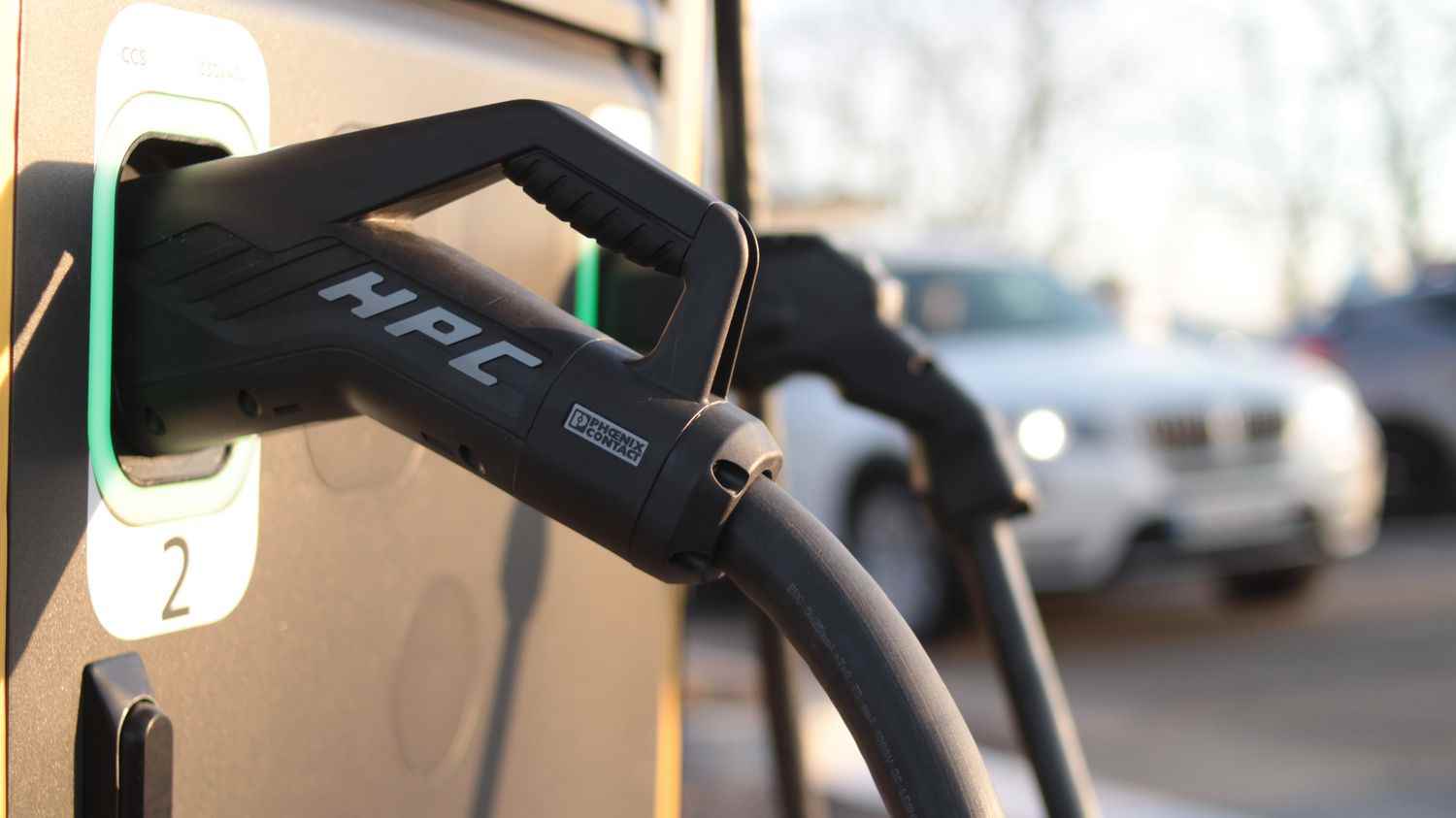While Emmanuel Macron has made ecological planning and reducing the carbon footprint the cornerstone of his second term, where is the objective regarding the development of the electric car? During his first five-year term, the Head of State had promised the establishment of 100,000 charging stations by the end of 2021. The question of autonomy is indeed one of the main obstacles to the purchase of an electric vehicle. However, according to information from franceinfo, the ambition in terms of charging points has not been achieved.
At the end of April, France had only 60,000 charging stations, according to the latest count made by Avere France, the national association for the development of electric mobility. This represents approximately one terminal for every 15 electric or hybrid cars in circulation today in France.
It does not seem like much, but it is nevertheless in the high average of the European Union, notes Cécile Goubet, general delegate of Avere France: “France is doing quite well in terms of the deployment of charging infrastructure compared to its neighbours. We are in the top three. In addition to these charging points open to the public, there are those found in business and those found at home.” According to a study by the Association of European Automobile Manufacturers (ACEA), Germany is the best endowed, followed by the United Kingdom and France. These three countries alone account for 75% of charging points on the European continent.
#EV charging points: Growth not keeping pace with rising demand for electric vehicles, new data show | PRESS RELEASE: https://t.co/ATUY9dr3Hz #EUGreenDeal pic.twitter.com/lGzUPwPPmm
— ACEA (@ACEA_auto) October 28, 2020
Still, it would take four times as many public terminals by 2025, according to projections, to be able to respond to the expected increase in sales of electric cars. Unsurprisingly, coverage is lowest in rural areas. Owners of electric cars generally have a terminal at home, in the garage of their house.
But also, and it may seem surprising, the highways are under-equipped with high-power terminals, models ten or even twenty times faster than those found in private homes. These fast terminals are also obviously better suited to a holiday journey of several hundred kilometers with short breaks.
“If we have a vehicle that is capable of taking very high power and we have a terminal that makes very high power, we can do 20 to 80% of its full capacity in 18 minutes”.
Cécile Goubet, general delegate of Avere Franceat franceinfo
The price of refueling is very variable, depending on the terminals and the operators but often higher than 20 euros. According to a fairly simple principle: the faster the reload, the more expensive it is. La Sanef, the company that operates the A13 Paris-Normandy or the A1 Paris-Lille, promises to equip the 72 areas of its network by the end of the year with 500 of these high-power terminals. The other concession companies are counting on 2023.
In any case, it is a necessary development to remove one of the main current obstacles to the purchase of electric cars, judge Flavien Neuvy, from the Cetelem automotive observatory: “The user or buyer of an electric car wants to be able to have the same ease of recharging his electric car as he has this facility of refueling. So having charging stations in motorway service areas, it is absolutely strategic and therefore decisive for the evolution of the purchase of electric cars in France.”
Between the technical constraints, to connect to the network, and administrative, the delay for the installation of a terminal is counted in months rather than weeks. Not to mention the recent shortage of semiconductors which does not simplify matters. Didier Liautaud, Managing Director of Engie Mobilité Electrique, installs and manages charging stations for communities, supermarkets or motorway companies: “When, for example, you install a station where there are four, five, six ultra-fast charging stations, you are in the building permit process.
“Sometimes installing very fast charging stations can take up to a year.”
Didier Liautaud, director of Engie Electric Mobilityat franceinfo
Faced with these regulatory obstacles and growing demand from motorists, an Italian start-up has entered the mobile top-up market. E-Gap has no real competitor at the moment. To benefit from its services, you have to download an application on your phone and then indicate where your car is parked. A small truck, electric of course, takes care of the rest, explains Frédéric Courneau, managing director of E-Gap France: “We will be able to request the quantity of refills we want and in how long we want it. We click, we choose our credit card – it can be the personal credit card, the business credit card – and so on. “Let’s go. The truck is on its way to deliver the energy to us. As we ask for a taxi, as we order a pizza, today we are going to order the recharging of our electric vehicle.”

The service remains limited for the moment to three vans crisscrossing Paris and each capable of recharging three vehicles with a power close to that of motorway terminals. These utilities must themselves be reloaded, of course. E-Gap hopes to eventually expand, within a few years, to around twenty French cities.
